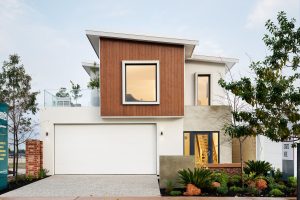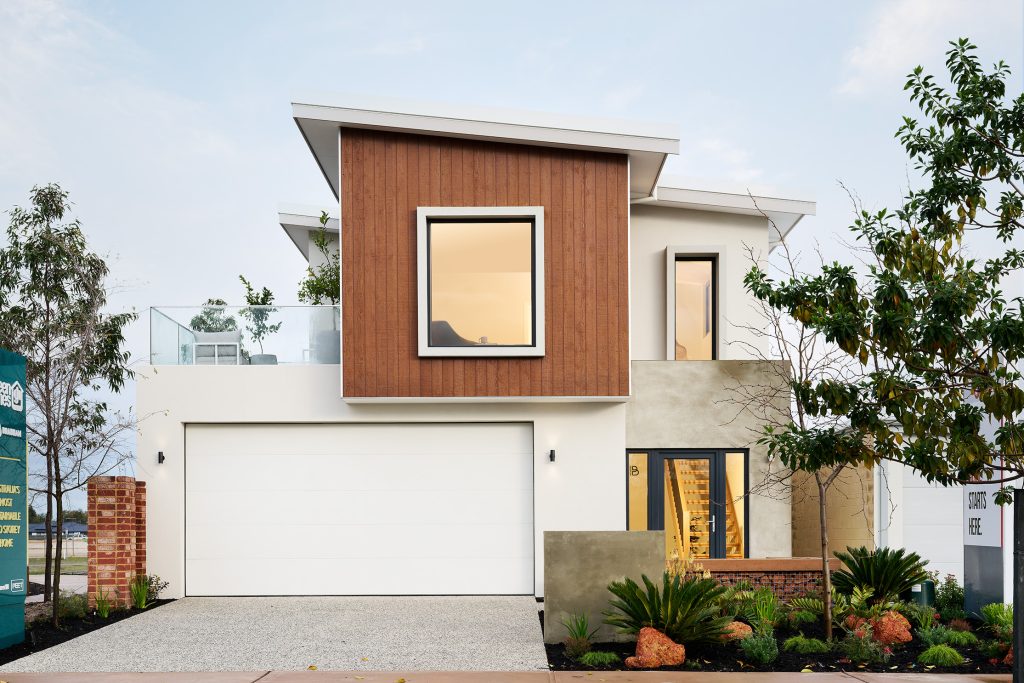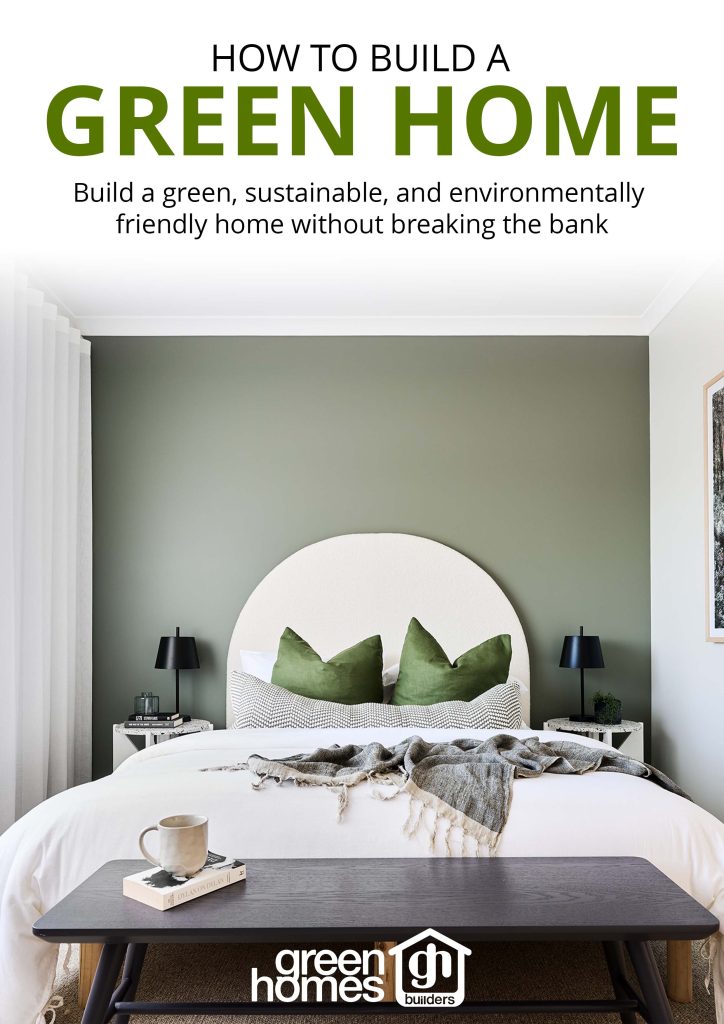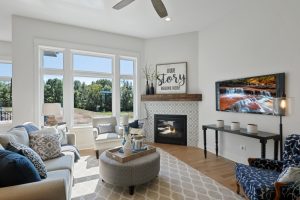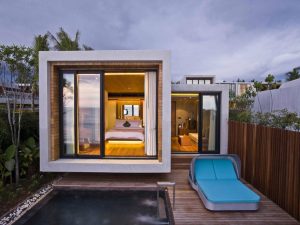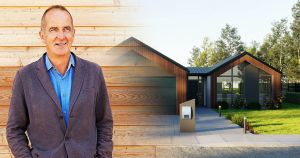Building green is no longer a choice, it’s a necessity. With the increasing awareness of the impact of human activities on the environment, building green has become a crucial aspect of sustainable development. Not only does it help reduce the carbon footprint of buildings, but it also provides numerous benefits to homeowners, builders, and the environment.
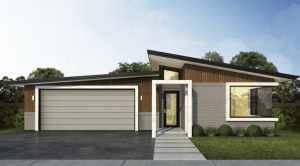
Here are some reasons why builders should consider building green now, including larger profit margins:
- Increased Demand for Green Buildings. As sustainability gains awareness, the demand for green buildings is rising, with the market set to grow by 25% annually for the next five years, offering builders adopting green practices a chance to boost profits.
- Lower Operating Costs. Green buildings are energy-efficient and cost-saving, offering homeowners up to 40% lower energy bills and 30% lower water bills, translating into increased profits for builders embracing green practices.
- Improved Health and Well-being. Green buildings, with natural lighting, ventilation, and non-toxic materials, improve occupant well-being, potentially reducing healthcare costs and boosting productivity. The World Green Building Trends report shows that 76% of respondents believe green buildings enhance well-being, offering builders a competitive edge and attracting health-conscious buyers.
- Enhanced Brand Reputation. According to the National Association of Home Builders (NAHB), building green enhances a builder’s brand reputation, differentiates them from competitors, and appeals to the 75% of homebuyers willing to pay more for sustainable homes.
- Compliance with Regulations. Many governments provide incentives and tax credits for green builders, such as Energy Star rebates. Compliance lowers costs and boosts profit margins.
- Increased Property Value. Green buildings retain value better, with features boosting property values by up to 9%, as per the Appraisal Institute. Adopting green practices increases property values, resulting in higher profits upon sale orrental.
- Reduced Risk of Depreciation. Traditional buildings can depreciate quickly due to outdated materials and design. Green buildings, on the other hand, are designed to last longer and maintain their value over time. By building green, builders can reduce the risk of depreciation and increase the longevity of their properties.
- Competitive Advantage. Building green sets builders apart and establishes a competitive edge. As per the National Association of Home Builders, 75% of homebuyers will pay more for sustainable homes. Offering green practices positions builders as sustainability leaders, drawing environmentally responsible buyers.
In conclusion, adopting a green business model offers builders numerous benefits, including increased demand, lower operating costs, improved health and well-being, enhanced brand reputation, regulatory compliance, increased property value, reduced depreciation risk, access to government incentives, improved customer loyalty, and a competitive edge. By incorporating green building practices into their business models, builders can not only contribute to a more sustainable future but alsoincrease their profit margins and establish themselves as leaders in the industry.
Start your journey as a Green Homes franchisee today and begin Building Green Homes Now!
Amplify your growth, reputation, and customer delight with a brand synonymous with luxury and sustainability. Contact us to join the forefront of eco-construction today!
